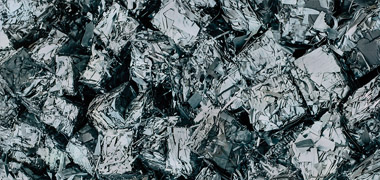Odour Control
Odor is usually defined as a sensation perceived from receiving a stimulus through the olfactory system. In recent years, offensive odors have become more prominent with atmospheric pollution, and deodorization processes (through which bad odors are eliminated) for odor control are in ever increasing demand.
IIECC offers a wide selection of products and measures to reduce and eliminate a broad spectrum of odorous compounds ranging from inorganic compounds to soluble and non-soluble organic compounds, or non-biodegradable compounds.
Sewage & Waste Water Treatment |
Waste Transfer Station |
Public Toilet |
Medical |
Farming Of Animal Livestock |
| The stench emitted by pumping stations and sewage treatment containers not only affects and damages people's daily lives, but also has serious consequences for human health. Each factory has the responsibility to control the smell to avoid affecting nearby residents. Odor in wastewater systems is primarily caused by hydrogen sulfide (H₂S), which is released in the form of a gas. High levels of H₂S can lead to odor complaints from the surrounding community and unsafe conditions for workers. In addition, hydrogen sulfide accelerates corrosion in collection systems and wastewater plants, leading to dangerous leaks and costly repairs. |
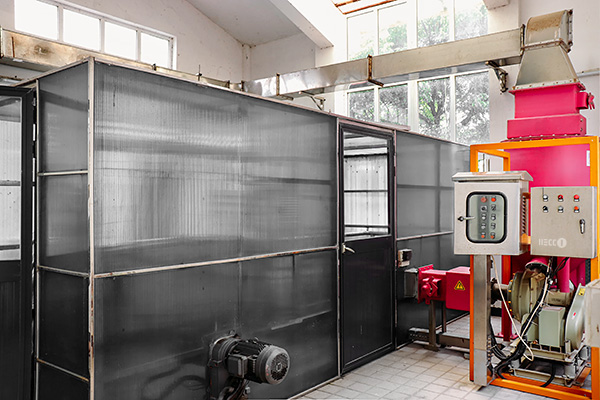 |
 |
|
 |
According to specific conditions and equipment installation requirements, IIECC will effectively deal with gas emissions and odor, ensure the environmental compliance of facilities, and create a better life for the surrounding residents. |
 |
Products & Services
-
Pressurization Purification System
Pressurization Purification System (PPS) can be used for high concentrations of odors & corrosive contaminants and municipal & industrial air purification and it can also be used for the abatement of releases of toxic airborne contaminants, thus preventin
-
Discharge Filtration System
Discharge Filtration System (DFS) removes corrosive, malodorous and toxic contaminants and is designed for applications requiring high removal efficiency and extensive media life.
-
Corrosion Monitoring
Corrosion monitoring is an accurate and reliable method of evaluating air quality in a controlled environment. Corrosion analysis in the laboratory can provide data on the type and magnitude of gas contamination present in the environment, thereby customi
-
Media Life Analysis
IIECC's Media Life Analysis Service predicts the remaining life of the Filtration Media and provides an accurate maintenance plan to ensure high performance operation of the gas-phase filtration equipment.
| The odorous molecules generated in the garbage collection and transportation process have the characteristics of large volatility, low boiling point and large odor characterization. The odors produced by various reasons will seriously pollute the environment and deteriorate the quality of the surrounding and surrounding environment. The main types of pollutants controlled by the national standard are hydrogen sulfide, ammonia and odor concentrations. |
 |
 |
|
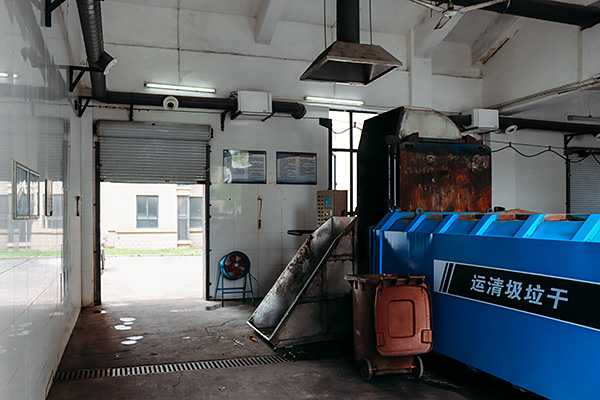 |
A complete set of waste control system of odor control system solutions should solve the main contradiction that does not affect the surrounding environment, and at the same time improve the working environment inside the transfer station as much as possible to achieve the improvement of the overall odor control standard. The scheme should mainly consist of a variety of mechanisms: space containment, negative pressure collection and treatment, fresh air circulation supplementation and odor source control. IIECC will effectively deal with gas emissions and odor, ensure the environmental compliance of facilities, and create a better life for the surrounding residents. |
 |
Products & Services
-
Discharge Filtration System
Discharge Filtration System (DFS) removes corrosive, malodorous and toxic contaminants and is designed for applications requiring high removal efficiency and extensive media life.
-
Ventilation Filtration Systems
Ventilation Filtration System (VFS) is a type of air filtration equipment that designed for meeting the needs of indoor air ventilation and purification. It is filled with IIECC Filtration Media to purify the air from outdoor to protect people from air po
| The odor in the toilet is generally caused by volatile substances such as mixed gases generated by fermentation and metabolism of fecal excretion, and these substances are often organic compounds containing elements such as nitrogen, sulfur, hydrogen, oxygen, etc., through complex chemistry. The action produces a gas with a strong pungent odor such as ammonia gas or hydrogen sulfide, and the odor is often the result of the action of these mixed gases. In addition, the gas also contains hydrocarbons such as methane, but since it accumulates in the toilet for a short period of time, it generally has a small concentration and does not cause any harm to the human body. However, regular inhalation can make people feel dizzy and nausea, and even poisoning. |
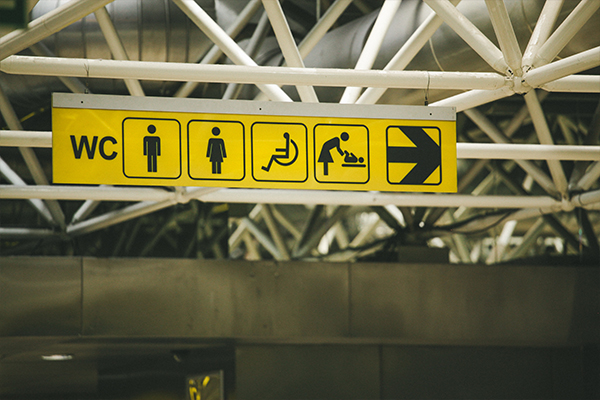 |
 |
|
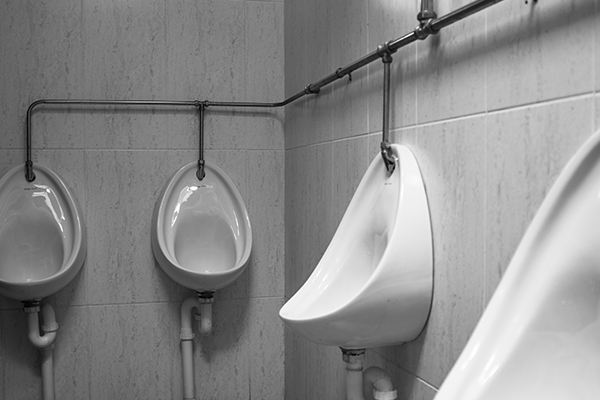 |
The odor control program provided by IIECC can effectively remove the pungent smell of ammonia and hydrogen sulfide in the air, create a fresh public toilet environment and meet the environmental compliance standards. |
 |
Products & Services
-
Ventilation Filtration Systems
Ventilation Filtration System (VFS) is a type of air filtration equipment that designed for meeting the needs of indoor air ventilation and purification. It is filled with IIECC Filtration Media to purify the air from outdoor to protect people from air po
-
Recirculation Purification System
Recirculation Purification System (RPS) is an independent and complete air purification equipment. It is designed to be placed indoors, and the air is circulated and purified to protect people from indoor air pollution, and make sure that the electronic
| Medical facilities including waiting rooms, wards, nursing homes, assisted-living and emergency care, provide valuable services to people who are sick or unable to care for themselves. Physical odor damages indoor air quality, affecting patients, family members, visitors and medical workers. IIECC provides odour control solutions to eliminate unpleasant odors, bring fresh air to medical facilities, and create an impressive top-level patient care environment. | 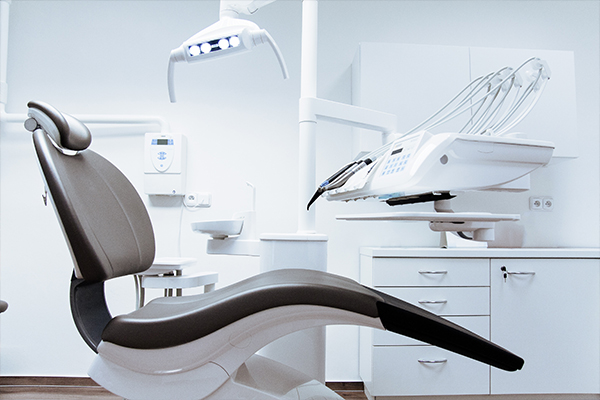 |
 |
Products & Services
-
Indoor Air Quality Series
Engineered to purify a wide variety of odorous and contaminates from indoor air.
-
Antibacterial Sterilization Series
Engineered to provide enhanced performance in controlling bacterial and fungal growth in air stream, as well as removing a wide range of gaseous contaminants.
-
Targeted Contaminants Removal Series
Filtering by adsorption or oxidation process and engineered to provide superior performance in removing selected contaminants.
-
Ventilation Filtration Systems
Ventilation Filtration System (VFS) is a type of air filtration equipment that designed for meeting the needs of indoor air ventilation and purification. It is filled with IIECC Filtration Media to purify the air from outdoor to protect people from air po
-
Recirculation Purification System
Recirculation Purification System (RPS) is an independent and complete air purification equipment. It is designed to be placed indoors, and the air is circulated and purified to protect people from indoor air pollution, and make sure that the electronic
| The study shows that there are more than 160 malodorous substances produced by animal fecal urine, including volatile fatty acids, phenols, aldehydes, ketones, alcohols, esters, amines, mercaptans and nitrogen-containing heterocyclic compounds, as well as inorganic components such as hydrogen sulfide and ammonia gas. The stench is produced by the complex interaction of various odour compounds, which can be attached to airborne dust and bacteria and pathogenic microorganisms. Living in a malodorous environment can cause many adverse reactions, not only affecting the animals' immunity, but also human health. |
 |
 |
|
 |
The odor control program provided by IIECC for the livestock and poultry breeding industry can effectively remove gases with irritating odor such as ammonia and hydrogen sulfide dispersed in the air to meet environmental compliance standards. |
 |
Products & Services
-
Ventilation Filtration Systems
Ventilation Filtration System (VFS) is a type of air filtration equipment that designed for meeting the needs of indoor air ventilation and purification. It is filled with IIECC Filtration Media to purify the air from outdoor to protect people from air po
-
Recirculation Purification System
Recirculation Purification System (RPS) is an independent and complete air purification equipment. It is designed to be placed indoors, and the air is circulated and purified to protect people from indoor air pollution, and make sure that the electronic





